Cars have come a long way from hand-cranked windows and cassette players. While modern vehicles might be bloated with touchscreens and driver aids, at least they’re not packing floppy discs and dashboard record players. Automakers tried a lot of wild ideas over the years, and many didn’t age well. Here are outdated car features that are better off left in the rearview mirror.
Navigation That Ran on CDs and SD Cards
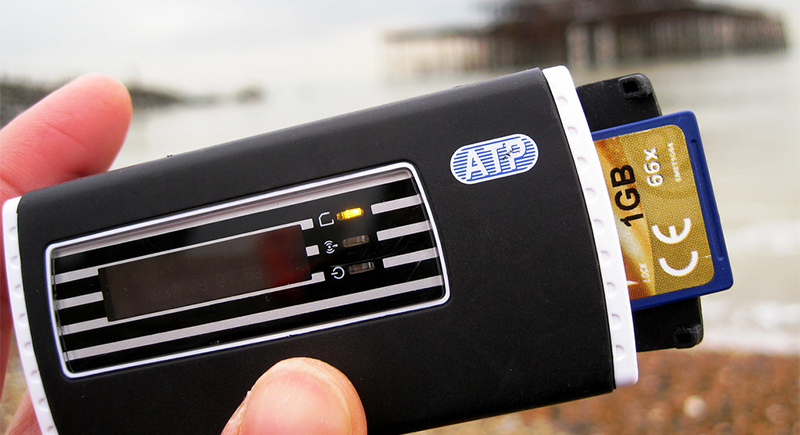
Before phones made navigation effortless, some cars relied on CD-ROMs or SD cards to run their GPS systems. Updating maps meant physically swapping out media, sometimes at ridiculous prices. Matt Farah once mentioned a $300 USB map update for a Ford Raptor.
Built-In Car Phones Were a Power Move
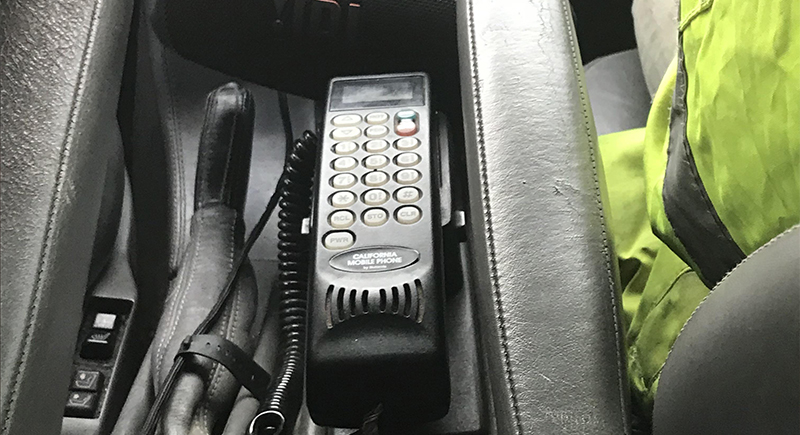
Luxury sedans in the ’80s and ’90s sometimes came with hardwired telephones that ran on early mobile radio networks. The Volkswagen Phaeton, for example, included a fully functional in-cabin phone. These phones were cool for executives in the Reagan years, but completely unnecessary once flip phones took over.
Automatic Seatbelts Were the Worst Kind of Convenient
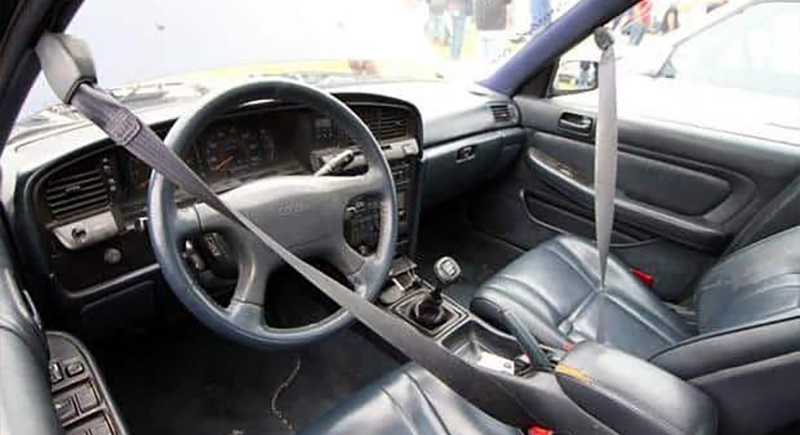
Many automakers used motorized seatbelts to meet U.S. safety laws before airbags became standard. These contraptions slid over your shoulder when you started the car, but you still had to manually buckle the lap belt. They were annoying, easy to break, and not as safe as they seemed.
Infotainment Systems That Made No Sense
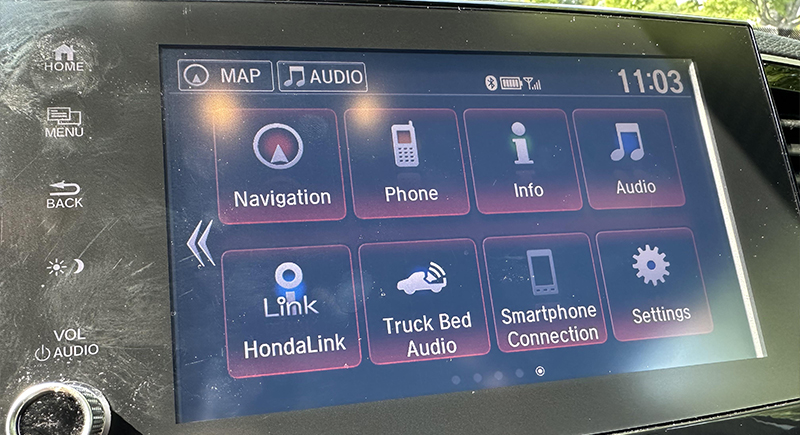
Old luxury cars sometimes offered infotainment systems that felt like solving a puzzle. The 2003 Bentley Continental GT made you twist a dial to navigate through pixelated menus. The Lincoln Blackwood’s system was famously bad—Doug DeMuro called out its awkward dial-and-button interface.
Starter Buttons That Weren’t Really Keyless
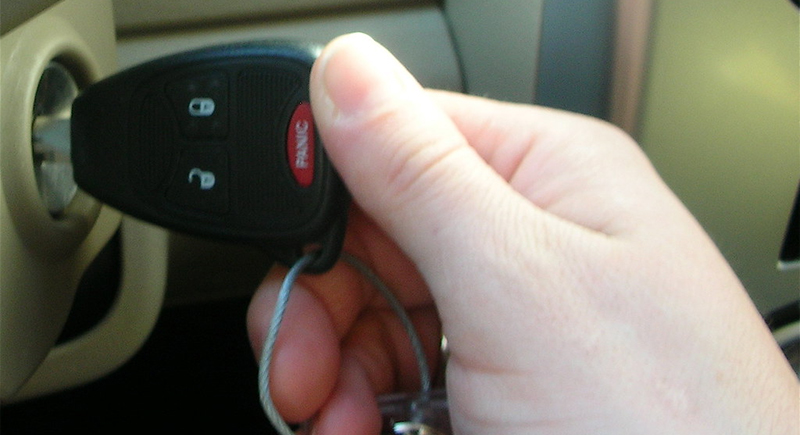
Today’s push-start buttons feel seamless, but old cars tried to combine key-turning with button-pressing for no real reason. The Dodge Viper required drivers to insert and turn a key, then press a button to start the engine. If the key’s already in, what’s the point of the extra step?
Floor-Mounted High Beam Switches Were a Dance Move
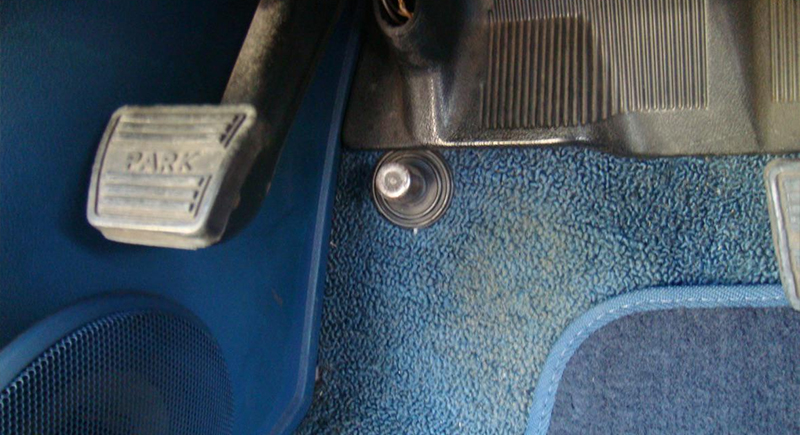
In many older American cars, activating high beams meant pressing a button near the clutch pedal. The placement made sense in the ’50s, but not when you were juggling gas, brake, and a clutch. Eventually, automakers moved that function to the turn-signal stalk.
Manual Chokes Were a Cold Start Nightmare
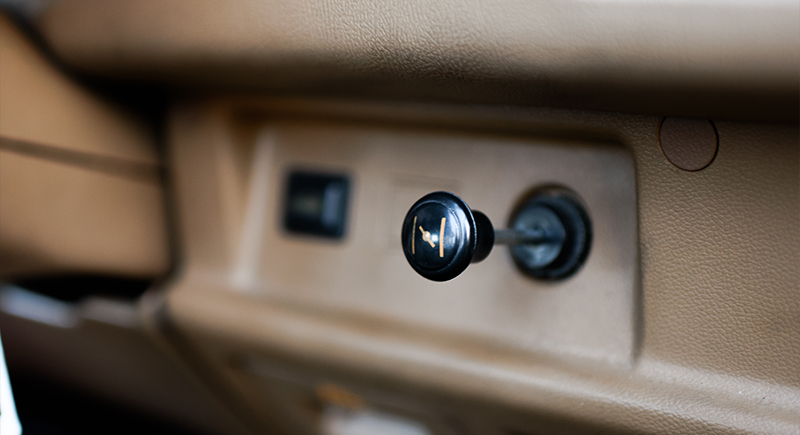
Before fuel injection, drivers had to manually adjust the air-fuel mix with a choke—often a little knob or pull cable near the dashboard. Cold starts involved fiddling with it until the engine idled just right. In Eastern Europe, these lasted into the ’90s.
Horn Buttons on Signal Stalks Were Confusing
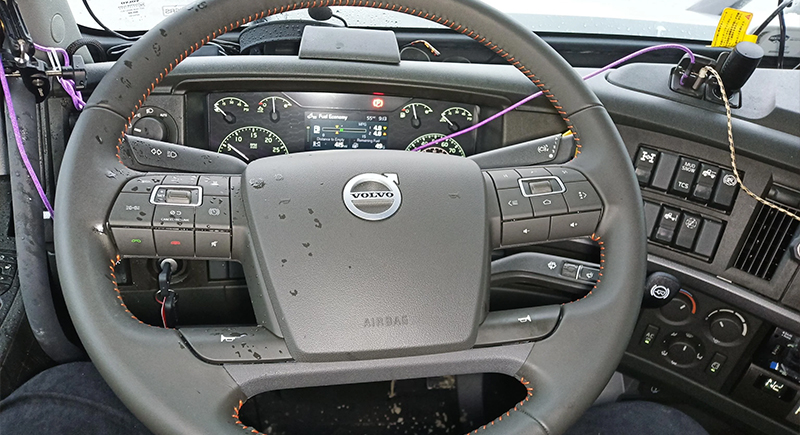
Instead of placing the horn in the center of the steering wheel, some European cars—like the Citroën Saxo—hid the horn button inside the turn signal stalk. You had to press the stalk inward to honk, which made emergencies unnecessarily complicated.
Manual Mirrors Weren’t Built for Solo Drivers
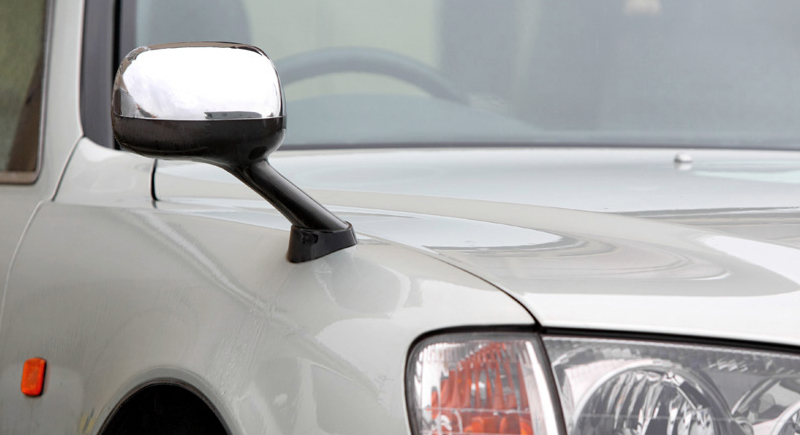
Adjusting side mirrors used to require arm work. Without power controls, drivers had to use a tiny joystick—or worse, physically push the mirror glass into place. Adjusting the passenger mirror meant leaning awkwardly across the car or asking a friend for help.
Record Players in Cars Actually Happened
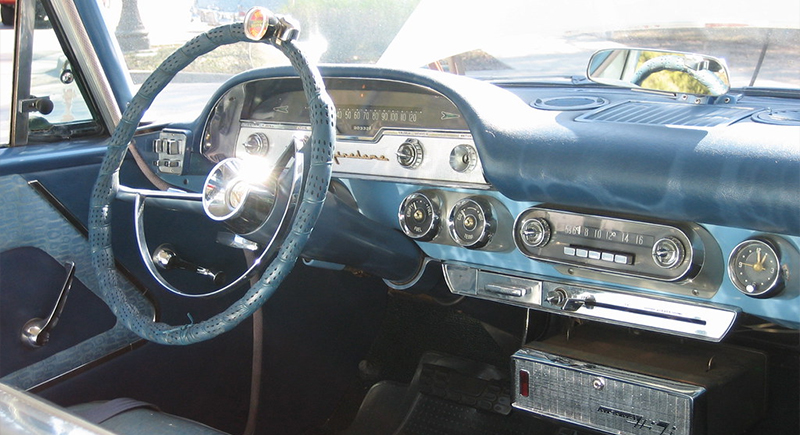
In 1956, Chrysler released the “Highway Hi-Fi”—an in-dash vinyl record player. It used custom 16 ⅔ rpm discs that offered 45 minutes of playtime. The concept was cool, but the execution was terrible. The needle skipped constantly, and the special records were hard to find.
Coffee Makers on the Dash? Only in a Beetle
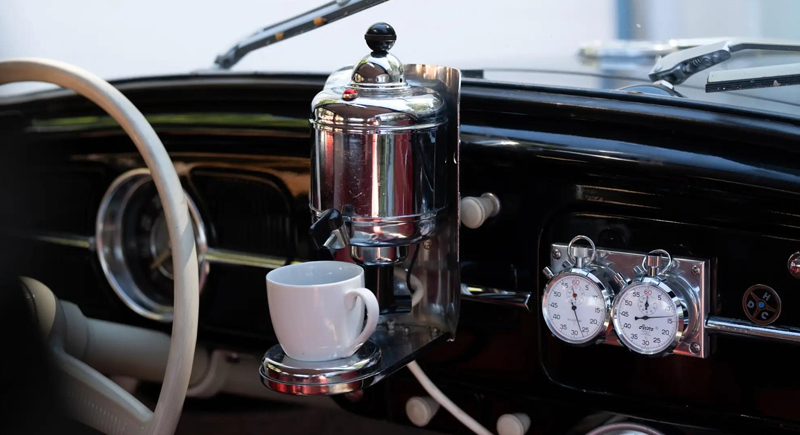
Leave it to the old VW Beetle to come with a dash-mounted coffee maker. The Hertella Auto Kaffeemaschine was a real accessory, complete with tiny magnetic cups and a little boiler that plugged into the dash. It sounded clever on paper, but pouring hot coffee while bouncing down the road in a Beetle was as risky as it sounds.
Soy-Based Wiring Invited Some Hungry Guests
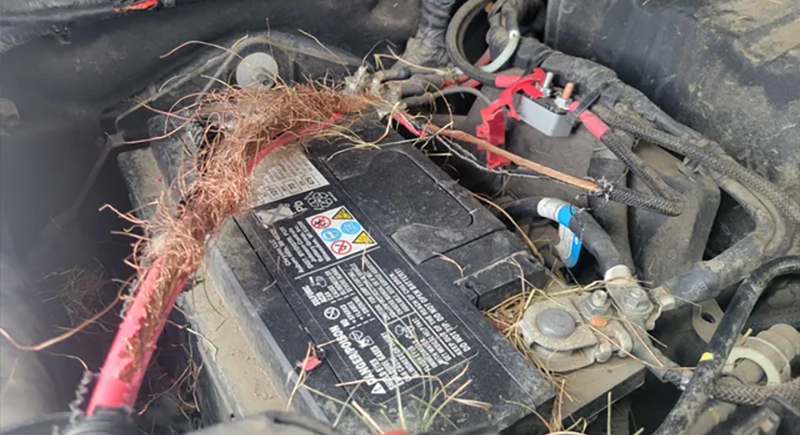
Open the hood on a recent Toyota, Honda, or Subaru, and there’s a chance you’ll find bite marks. It’s not a design flaw so much as an open invitation. When automakers switched to soy-based wire coatings, rodents took notice. Squirrels, mice, and rats have turned these harnesses into snack bars, leaving drivers stuck with expensive repairs and no easy fix in sight.
CD and Cassette Players Didn’t Age Gracefully
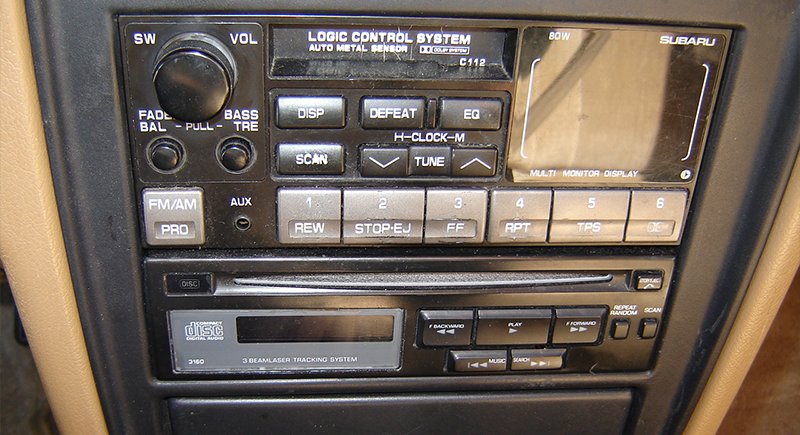
Cassette decks gave way to CD changers, which gave way to auxiliary jacks, and eventually Bluetooth. Yet some cars stubbornly kept the CD player alive well into the 2010s. Today, with most music streamed and stored in the cloud, a CD slot looks more like a relic than a feature.
Robotized Manual Transmissions Were the Worst of Both Worlds
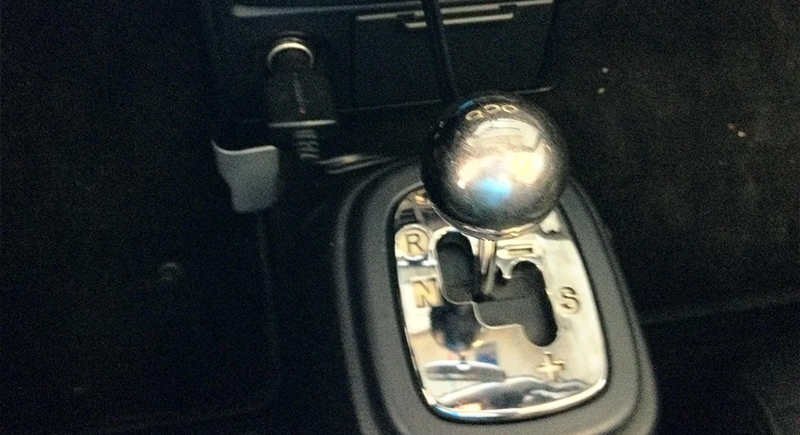
Semi-automatics like BMW’s SMG or Lamborghini’s E-Gear were meant to combine manual fun with automatic ease. In practice, they did neither well. Jerky shifts, laggy responses, and awkward gear changes made city driving miserable. On a track, maybe they worked. Everywhere else, they just reminded drivers how far transmission tech had to go.
Crank Windows Didn’t Build Character—They Built Forearm Strength
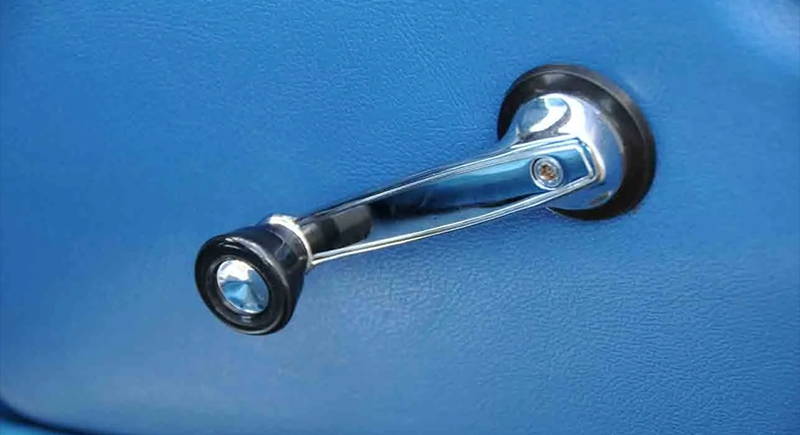
Manual windows weren’t charming. They were the only option. Cranking down the window took time, effort, and a few wrist rotations, and heaven forbid the crank broke or fell off. Sure, it was low-tech—but it wasn’t better. One-touch power windows are faster, safer, and kinder to anyone.